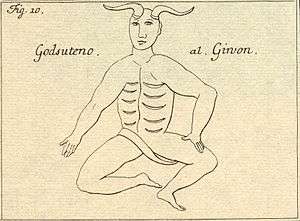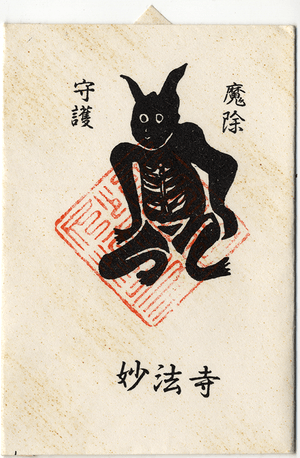Ryōgen


Ryōgen (良源, 912 – January 31, 985 AD) was a chief abbot of Enryaku-Temple (Enryaku-ji) in the 10th century. His supposed role as a precursor of the warrior monks (sōhei) is questionable and seems to be a later invention (see Adolphson 2007).
Over the course of the 10th century, there had been a number of disputes between Enryaku-ji and the other temples and shrines of the Kyōto area, many of which were resolved by force. In 970, Ryōgen formed a small army to defend Enryaku-Temple and to serve its interests in these disputes. Records are not fully clear on whether this army consisted of hired mercenaries, or, as would be the case later, trained monks. Most likely, this first temple standing army was a mercenary group, separate from the monks, since Ryōgen forbade monks from carrying weapons.
In addition to the prohibition on carrying weapons, Ryōgen's monks were subject to a list of 26 articles released by Ryōgen in 970; they were forbidden from covering their faces, inflicting corporal punishment, violently interrupting prayer services, or leaving Mount Hiei during their 12-year training.
References
- Adolphson, Mikael S. 2007. The Teeth and Claws of the Buddha: Monastic Warriors and Sōhei in Japanese History. Honolulu: University of Hawai‘i Press.
- Groner, Paul. 2002. Ryōgen and Mount Hiei: Japanese Tendai in the Tenth Century. Honolulu: University of Hawai‘i Press.
- Turnbull, Stephen (2003). Japanese Warrior Monks AD 949-1603. Oxford: Osprey Publishing.
- Yamada Etai (1959): Ganzan daishi. Tokyo: Daiichi Shobō.
External links
![]() Media related to Ryōgen at Wikimedia Commons
Media related to Ryōgen at Wikimedia Commons